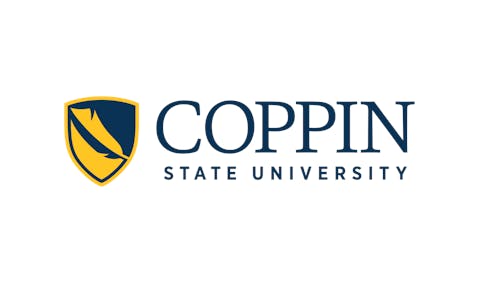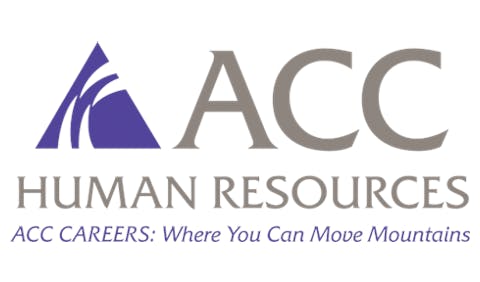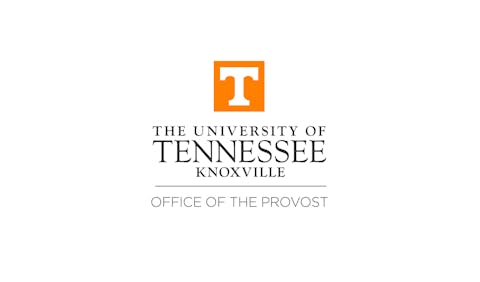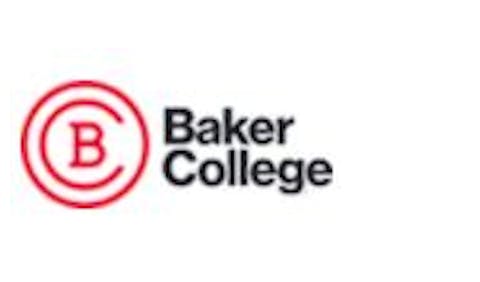A new report from the National Student Clearinghouse Research Center (NSCRC) notes that 61.1% of learners who began college in fall 2018, which is the most recent cohort tracked, earned a credential within six years. This .5 percentage point increase is the first increase in the six-year completion rate in several years.
“The improvements here were mostly driven by students who started at community colleges. Community college completion rates jumped 1.2 percentage points to 43.4%, and they’re also primarily due to fewer students stopping out,” said Dr. Doug Shapiro, executive director of the NSCRC. “We’re seeing fewer students stopping out, and that leads to more students being able to finish within six years than in previous years.”
The “Yearly Progress and Completion” report has enhanced data quality and methodology and a new dashboard with a greater range of information, including rates of enrollment, stop-out and completion for each year along the way and an indicator of student progress in each cohort. Comparisons are available across states, gender, race/ethnicity and age as well as by year dating back to 2007.
Jorge Silva-Puras, the Provost and Senior Vice President for Academic Affairs and Student Success at Lehman College, which is part of the City University of New York (CUNY), noted that the six-year completion rate at Lehman is around 51%. Over 80% of the student body at Lehman are individuals of color. The national six-year completion rate for Black students is 43.8% whereas Lehman’s is 51.6%. For the Hispanic student population, it is 49.5%.
“We, because of the student population we serve, are prepared and have been preparing to ensure their success,” said Silva-Puras. “We have shown an upward trend higher than the national average, which in the context of a six-year period that includes the pandemic is really encouraging.”
An unsurprising data point in the report is that full-time students from the fall 2018 cohort completed at a rate of 67.2% compared to part-time students, who completed at 33.7% and had a greater stop-out rate.
The rise in dual enrollment—high school students taking college courses—has had a positive impact with a national six-year completion rate of 71.1%.
 Jorge Silva-Puras
Jorge Silva-Puras
Silva-Puras said Lehman offers a program called College Now as well as enrolling students who participated in dual enrollment at one of the CUNY community colleges.
“We do see a correlation between those students who start early on getting exposed to a college learning experience with their success rates,” he said.
A highly stable predictor of outcomes is neighborhood income, with students from more affluent neighborhoods completing at sharply higher rates than those from lower income backgrounds. A positive note is that students in the lowest income quintiles had the largest increase in completion.
“There has been some progress in narrowing these gaps over time,” said Shapiro. “It was a 30-percentage point gap in the 2010 cohort between the highest income students and the lowest. … It’s now a 27.6-point gap in 2018. Slow progress, but if we just focus on the most recent year, the completion rates improved for every one of those five quintiles compared to last year, but the bottom two quintiles, the most disadvantaged students, showed the largest improvement among all the income levels this year.”
Lehman College, which serves many lower income and first-generation students, has several initiatives that work to close such gaps. First, increasing the number of academic advisors who provide students with guidance on how to complete their degrees efficiently. This includes working closely with CUNY’s community colleges, particularly the two located in the same borough as Lehman to create a seamless transfer and avoid credit loss.
Second is CUNY Cares, which identifies students who may qualify for different forms of financial aid or life assistance of which they may not be aware. “Some of the lack of completion is based on financial difficulty,” said Silva-Puras. “Making sure they tap into the resources available is critical.”















